Cause of death Executed Nationality German | Name Cato van | |
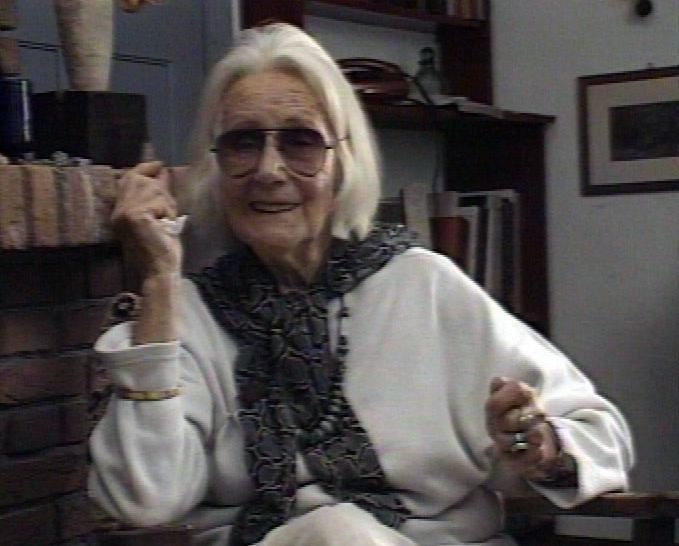 | ||
Known for Member of the Widerstand Died August 5, 1943, Berlin, Germany | ||
27 liebes tagebuch cato bontjes van beek gymnasium achim
Cato Bontjes van Beek (14 November 1920 – 5 August 1943) was a German member of the Resistance against the Nazi regime.
Contents
- 27 liebes tagebuch cato bontjes van beek gymnasium achim
- Publikumspreis 2017 schachfeld khaoz cato bontjes van beek gymnasium achim
- Early years
- Resistance activities
- Honours
- References
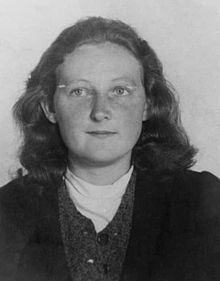
Publikumspreis 2017 schachfeld khaoz cato bontjes van beek gymnasium achim
Early years
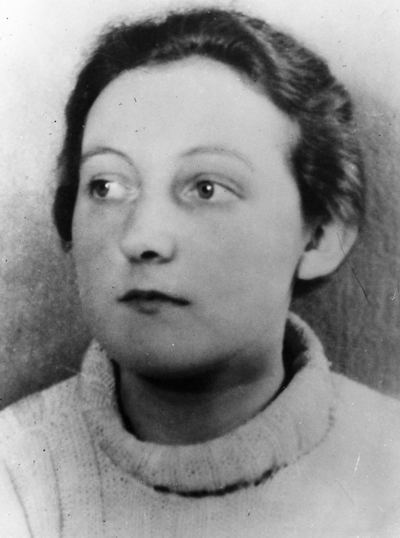
Born in Bremen, Cato was the eldest of three children. She spent her childhood and youth in the nearby Fischerhude artists' colony around her uncle Otto Modersohn. Her parents, the Dutch-born potter Jan Bontjes van Beek (1899–1969) and dancer and painter Olga Bontjes van Beek, née Breling (1896–1995) offered their children a lot of personal freedom while growing up. From 1929 Cato stayed abroad to attend the German school in Amsterdam, and in 1937 she spent time in Winchcombe, Gloucestershire, as an au pair.

Unlike many other Cato did not join the League of German Girls (Bund Deutscher Mädel, BDM) youth organisation. By her brother Tim, she met the Luftwaffe sergeant Helmut Schmidt, the later Chancellor of Germany, who from 1937 was stationed in Bremen-Vegesack for his military service and during this time had an intense friendship with the Bontjes van Beek family. However, Schmidt eventually broke off this friendship when he began an officers' training in order to join the Oberkommando der Luftwaffe in Berlin.
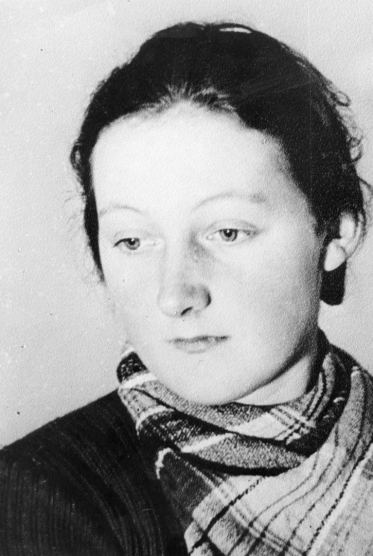
From 1940 on, Cato and her sister Mietje lived with their father in Berlin, where he had already moved in 1933 in the hopes of spreading his artistic work. They met friends at their father's house who opposed the Nazi regime. Cato, though, struggled to choose a profession and attempted to become a pilot. This even included joining the National Socialist Flyers Corps to learn gliding. But Cato eventually decided to learn her father's craft.
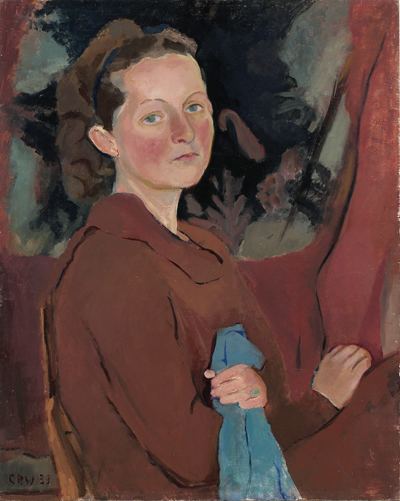
In 1940, Cato experienced the deportation of a Jewish family who lived in the same house. In a letter to her aunt Paula Modersohn-Becker, she then expressed her worries about "something terrible" to come. Both sisters saw the wrong that the Nazis inflicted upon others, were affected by it, and tried to help. Beginning in September 1940, this included giving humanitarian aid to French prisoners of war. Both Cato and Mietje would hand out bread or exchange letters to them while riding the Berlin S-Bahn.
Resistance activities
Van Beek's active work against the Nazis began in the Red Orchestra resistance organization after she had gotten to know Libertas Schulze-Boysen in autumn 1941. Together with her friend, the author Heinz Strelow, she distributed illegal writings and leaflets which sought to arouse readers to the struggle and resistance against the Nazi regime.
In the course of the suppression of the resistance group, van Beek was arrested by Gestapo agents on 20 September 1942 in her father's pottery shop in Berlin. On 18 January 1943, she was found guilty at the Reichskriegsgericht military court of "abetting a conspiracy to commit high treason" and sentenced to death. A clemency appeal of the 22-year-old was personally denied by Adolf Hitler, though the court itself had suggested a reprieve. She was guillotined on 5 August 1943 at Plötzensee Prison in Berlin, together with 19-year-old Liane Berkowitz, who had given birth to a daughter in April. Her body was released to the institute of anatomy of Hermann Stieve on the same evening. Her final resting place is unknown.
Cato's younger sister Mietje Bontjes van Beek managed to escape Nazi persecution, despite her activities, and lived in Fischerhude until her death in 2012. Cato's mother after a 12-year-long process finally reached the official reversal of her daughter's conviction in 1999.
Honours
A gymnasium secondary school in Achim, a town near Bremen, has since 1991 borne the name Cato Bontjes van Beek-Gymnasium. A street in nearby Fischerhude also bears her name, and an explanatory notice. Both these places are in the Verden district. Further streets and public squares are named after her in Bremen, Leipzig, and Meldorf.
